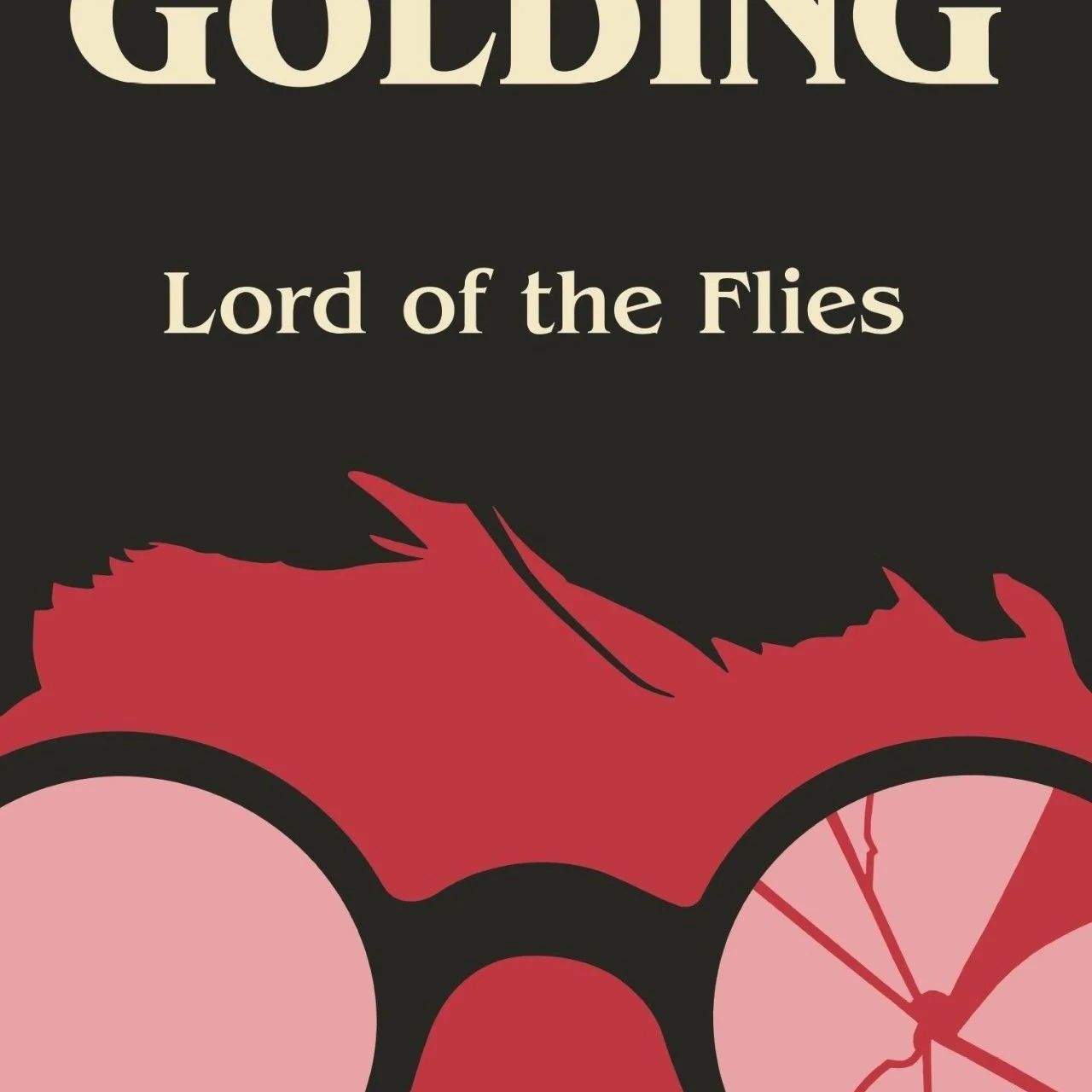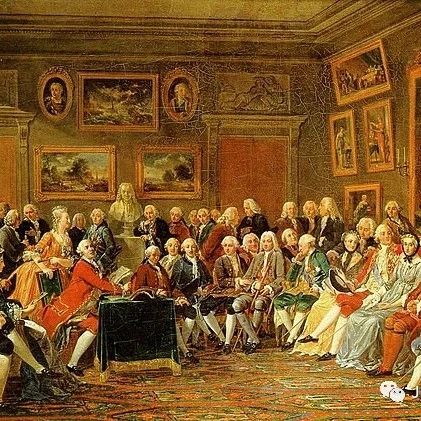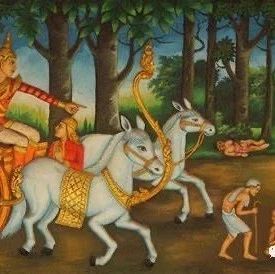Read History with Jack 10 - An Animal of No Significance
About 13.8 billion years ago, the Big Bang created our infinite universe. About 4.6 billion years ago, our home planet, the Earth was shaped. About 3.2 billion years ago, organisms came into being and started forming life. To trace our earliest ancestors, we need to go far back until the time when dinosaurs were roaming the Earth.
In the Jurassic period, which was approximately 200-145 million years ago; the Earth’s climate was very comfortable for living. At that time, dinosaurs were in great prosperity. However, in the Jurassic period, small mammals that were the ancestors of humans existed at the fringes but were not very large at the time, so they were still easily killed by dinosaurs. They were driven by competition to colder and less habitable conditions and areas, which meant that they faced challenges to survive. In order to become more adaptable to the climate, our ancestors evolved into warm-blooded and homothermal animals. This could let their temperature keep within one degree for a long period of time, even though the outside temperature might be really cold or severe. Early mammals also developed hairs which could prevent the cold winds from entering the body. Moreover, evolution allowed most mammals to directly give birth to live young, instead of laying eggs. They could protect and warm their cubs in cold weather. Up until 65 million years, the Earth was quite static.
65 million years ago, the Earth changed wildly again. There were often upheavals and volcanic activity around the Earth, and the climate became austere globally. Biological changes occurred as well. The dinosaurs disappeared from the Earth gradually because they could not adapt to the new environment. Another hypothesis for the extinction of the dinosaurs was that an asteroid hit the Earth. However, although the dinosaurs disappeared, mammals, the ancestors of our species, did not disappear. They survived this change because they were now superior to dinosaurs. They were accustomed to this bad environment; they had lived in harsh environments for many eras. They had more contact with each other and within a family, they communicated more, they imitated each other more, they were more teachable. From this time, our ancestors began to develop faster.
The first primates or the earliest ancestors could be dated back to 40 million years ago. At that time, they were still primitive but always trying to evolve. Around 16 million to 12 million years ago, the ancestors of the Great Apes began splitting into different species. Around this same time, the ancestors of orangutans came into being and eventually evolved into the form we see today. Then, from 8 million to 6 million years ago, the ancestors of gorillas began evolving. Finally, about 6-4 million years ago, the ancestors of humans, chimpanzees, and bonobos appeared on the Earth. We have close genes to chimpanzees today.
My favorite biological ancestors are the Neanderthals, who lived from 400,000 years ago to 30,000 years ago. On one hand, I like them because I am interested in their way of hunting. The Neanderthals still had not learnt how to use long-range weapons. Therefore, they used short stabbing spears with stone points to hunt, instead of some long-range weapons like bolas, or bows and arrows. They were courageous indeed, but this also meant that they would get injured a lot due to the fact that they needed to get near some large animals to kill them. On the other hand, they had a sense of family and caring emotions. The Neanderthals cared for their sick members and buried their dead. For example, a study of a grown Neanderthal man shows that all his injuries shown signs of healing, which could not be done individually, so his family and friends must have cared for him.
Our biological ancestors have gone through many hard times, but we always developed into a better form.
- 本文标签: 原创
- 本文链接: http://www.jack-utopia.cn//article/537
- 版权声明: 本文由Jack原创发布,转载请遵循《署名-非商业性使用-相同方式共享 4.0 国际 (CC BY-NC-SA 4.0)》许可协议授权










